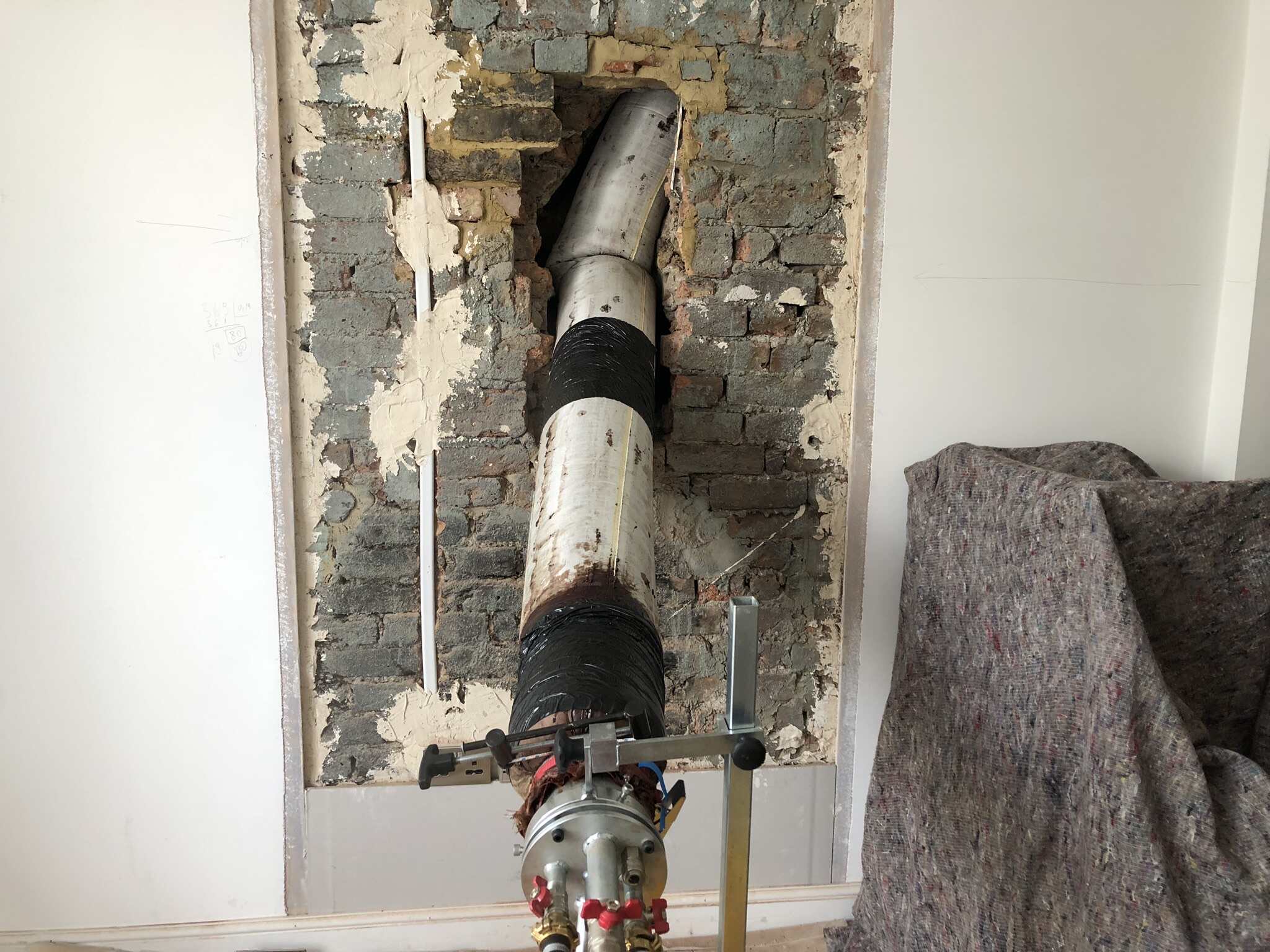

Articles
What Size Of Chimney Liner Do I Need
Modified: August 28, 2024
Learn everything you need to know about choosing the right size of chimney liner for your home in our informative articles.
(Many of the links in this article redirect to a specific reviewed product. Your purchase of these products through affiliate links helps to generate commission for Storables.com, at no extra cost. Learn more)
Introduction
When it comes to maintaining a chimney system, one crucial component that often gets overlooked is the chimney liner. The chimney liner plays a vital role in directing the byproducts of combustion safely out of your home and protecting your chimney from the corrosive effects of heat and moisture. However, choosing the right size chimney liner can be a daunting task.
Opting for the wrong size liner can result in poor draft efficiency, increased risk of creosote buildup, and potential safety hazards. Therefore, it’s essential to consider various factors before determining the appropriate chimney liner size for your specific needs.
In this article, we will discuss the factors to consider when choosing a chimney liner size, how to measure your chimney to determine the size you need, the benefits of using the correctly sized liner, and common mistakes to avoid. By the end, you’ll have a better understanding of how to select the right size chimney liner for optimal performance and safety.
Key Takeaways:
- Choosing the right size chimney liner is crucial for optimal performance and safety. Factors like flue diameter, fuel type, and local codes play a role. Avoid common mistakes to ensure a safe and efficient chimney system.
- Accurately measuring your chimney and considering factors like appliance type and BTU output are essential for selecting the correct chimney liner size. This ensures improved draft efficiency, reduced creosote buildup, and enhanced safety measures.
Factors to Consider when Choosing Chimney Liner Size
When determining the size of your chimney liner, there are several important factors to consider:
Diameter of Existing Flue
The diameter of your existing flue is a critical factor in determining the size of your chimney liner. The liner should fit snugly inside the flue to provide optimal draft efficiency and prevent the escape of harmful gases into your home.
Type of Fuel
The type of fuel your appliance uses is another essential consideration. Different fuels, such as wood, gas, and oil, require varying chimney liner sizes to accommodate their specific combustion characteristics. The liner must be able to handle the byproducts of the fuel efficiently.
BTU Output
The BTU (British Thermal Unit) output of your appliance is a measure of its heating capacity. Appliances with higher BTU outputs produce more combustion byproducts, requiring a larger chimney liner to ensure proper venting and prevent excessive heat transfer to the chimney structure.
Read more: What Size Of Chimney Sweep Brush Do I Use
Appliance Type
The type of appliance connected to the chimney also plays a role in determining the appropriate liner size. Wood-burning stoves, fireplaces, gas furnaces, and oil-fired boilers each have specific requirements and guidelines for chimney liners.
Local Building Codes
It’s crucial to consult local building codes and regulations when selecting your chimney liner size. Codes can vary by location and may dictate minimum liner size requirements or specific liner materials that need to be used for compliance and safety purposes.
By considering these factors, you can ensure that your chimney liner is the correct size to accommodate your specific flue, fuel type, BTU output, appliance type, and conform to local building codes. This will help ensure optimal performance and safety of your chimney system.
How to Measure Your Chimney Liner Size
Accurately measuring your chimney is crucial in determining the size of the liner you need. Follow these steps to measure your chimney liner size:
Step 1: Measure the Flue Diameter
Measure the inside diameter of your existing flue using a tape measure. Make sure to measure the widest part of the flue opening. Record the measurement in inches. This measurement will provide the primary basis for selecting your chimney liner size.
Read more: What Size Awning Do I Need
Step 2: Measure the Flue Height
Measure the height of your flue. This can be done by using a long, flexible tape measure or a string and a ruler. Lower the tape measure or string down into the flue until it reaches the bottom. Extend it all the way to the top, ensuring that it follows the contour of the flue. Record the measurement in inches.
Step 3: Measure the Chimney Height
Measure the height of your chimney from the top of the flue to the crown. This measurement should include the length of any extenders, if applicable. Record the measurement in inches. The height of the chimney will help determine the length of the chimney liner you’ll need.
Step 4: Calculate the Needed Liner Size
Using the measurements from Steps 1, 2, and 3, you can now calculate the needed chimney liner size. Generally, the liner should be slightly larger than the flue diameter to provide a proper fit. As a rule of thumb, add 1/4 to 1/2 inch to the flue diameter to determine the appropriate liner size. For example, if your flue diameter measures 8 inches, a 8 1/4 or 8 1/2 inch liner would be suitable.
It’s important to note that these measurements and calculations serve as a starting point. Consulting with a chimney professional or referring to manufacturer guidelines can provide more precise recommendations for your specific situation.
Choosing the Right Size Chimney Liner
Choosing the right size chimney liner is crucial for ensuring optimal performance and safety of your chimney system. The optimal liner size may vary depending on the type of appliance and fuel you are using. Here are some guidelines for selecting the right size chimney liner:
Read more: What Size Humidifier Do I Need
Optimal Liner Size for Wood-Burning Appliances
For wood-burning appliances, a properly sized chimney liner is essential to maintain an efficient and safe operation. In general, the liner’s cross-sectional area should be 1/10th to 1/20th of the total square footage of the fireplace opening. This ratio provides sufficient draft for smoke and gases to escape while preventing excess heat loss up the chimney.
Optimal Liner Size for Gas Appliances
Gas appliances, such as gas fireplaces or gas furnaces, have different venting requirements compared to wood-burning appliances. The specific liner size will depend on the BTU output of the appliance and the diameter of the flue. It is important to consult the manufacturer’s guidelines or a professional to determine the correct liner size for your gas appliance.
Optimal Liner Size for Oil Appliances
Oil-fired appliances, such as boilers or furnaces, typically have higher BTU outputs compared to gas or wood-burning appliances. As a result, the chimney liner for oil appliances must be sized to handle the increased combustion byproducts and the potential for higher heat transfer. Consultation with a professional or referring to manufacturer guidelines is crucial for determining the correct liner size for oil-fired appliances.
It’s important to note that these guidelines provide a general framework for selecting the optimal liner size for different types of appliances. However, individual circumstances may vary, and it’s always recommended to consult with a chimney professional or refer to manufacturer guidelines to ensure the correct liner size for your specific appliance and fuel type.
Benefits of Using Correctly Sized Chimney Liners
Using a correctly sized chimney liner offers numerous benefits in terms of performance, safety, and appliance efficiency. Here are some key advantages of utilizing the right chimney liner size:
Read more: What Size Gutters Do I Need
Improved Draft Efficiency
A properly sized chimney liner facilitates better draft efficiency, ensuring that smoke, gases, and combustion byproducts are effectively vented out of your home. It helps create the necessary air flow to maintain a strong draft, preventing smoke and fumes from lingering in the fireplace or appliance.
Reduced Risk of Creosote Buildup
Creosote, a highly flammable substance, can accumulate inside the chimney due to incomplete combustion. A correctly sized liner helps optimize the air flow, promoting efficient combustion and reducing the formation of creosote. This, in turn, reduces the risk of chimney fires and ensures the safety of your home.
Enhanced Safety Measures
Using a properly sized chimney liner provides an added layer of safety to your chimney system. It helps contain heat, preventing it from transferring to the surrounding masonry and potentially causing cracking or structural damage. A liner also acts as a barrier, preventing hazardous gases from seeping into your living space.
Increased Appliance Performance
Choosing the correct liner size ensures that your appliance operates at its optimum performance level. A properly sized liner allows for efficient venting, which helps the appliance burn fuel more effectively and generate better heat output. This not only enhances the comfort of your home but also maximizes the energy efficiency of your appliance.
By using the right size chimney liner, you can experience improved draft efficiency, reduced risk of creosote buildup, enhanced safety measures, and increased appliance performance. It is worth investing in a properly sized chimney liner to ensure the longevity, efficiency, and safety of your chimney system and heating appliance.
Read more: What Size Floor Joist Do I Need
Common Chimney Liner Size Mistakes to Avoid
When it comes to choosing a chimney liner size, there are some common mistakes that homeowners should avoid. These errors can have a negative impact on the performance, safety, and longevity of your chimney system. Here are three common chimney liner size mistakes to be mindful of:
Oversized Liners
One of the most common mistakes is installing an oversized chimney liner. While it may seem like a larger liner would provide better venting, it can actually create problems. An oversized liner can lead to poor draft efficiency, causing smoke to linger in the flue and potentially backdraft into your home. Additionally, an oversized liner can result in excessive cooling of combustion gases, leading to increased creosote buildup and the potential for chimney fires.
Undersized Liners
On the other end of the spectrum, installing an undersized chimney liner can be just as problematic. An undersized liner may not be able to accommodate the volume of exhaust gases produced by the appliance, leading to restricted airflow and poor venting. This can result in a variety of issues, including inefficient combustion, excessive heat transfer to the chimney structure, and increased risk of chimney damage.
Ignoring Local Building Codes
Another mistake to avoid is disregarding local building codes and regulations when selecting a chimney liner size. Building codes exist to ensure the safety and compliance of chimney systems. Ignoring these codes can lead to potential hazards and may result in costly repairs or legal complications. It is important to consult with local authorities or a chimney professional to understand the specific requirements and codes that apply to your area.
To avoid these common mistakes, it is crucial to properly assess your flue diameter, consider the type of fuel and appliance, and consult professional guidelines and local building codes. By choosing the right size chimney liner, you can ensure optimal performance, safety, and compliance with regulations.
Read more: What Size Food Processor Do I Need
Conclusion
Choosing the right size chimney liner is a crucial step in maintaining the performance, safety, and efficiency of your chimney system. Factors such as the diameter of the flue, type of fuel, BTU output, appliance type, and local building codes all play a role in determining the appropriate liner size.
By accurately measuring your chimney and considering these factors, you can ensure that your chimney liner fits properly and functions optimally. A correctly sized chimney liner offers several benefits, including improved draft efficiency, reduced risk of creosote buildup, enhanced safety measures, and increased appliance performance.
However, it is important to avoid common mistakes such as installing oversized or undersized liners, as they can lead to problems with draft efficiency, creosote buildup, and overall chimney performance. Additionally, ignoring local building codes can result in safety hazards and potential legal issues.
To ensure you select the right size chimney liner, consult with a chimney professional or refer to manufacturer guidelines. They can provide expert advice based on your specific appliance, flue dimensions, and local regulations. Taking these steps will help you maintain a safe and efficient chimney system that provides warmth, comfort, and peace of mind for years to come.
Frequently Asked Questions about What Size Of Chimney Liner Do I Need
Was this page helpful?
At Storables.com, we guarantee accurate and reliable information. Our content, validated by Expert Board Contributors, is crafted following stringent Editorial Policies. We're committed to providing you with well-researched, expert-backed insights for all your informational needs.

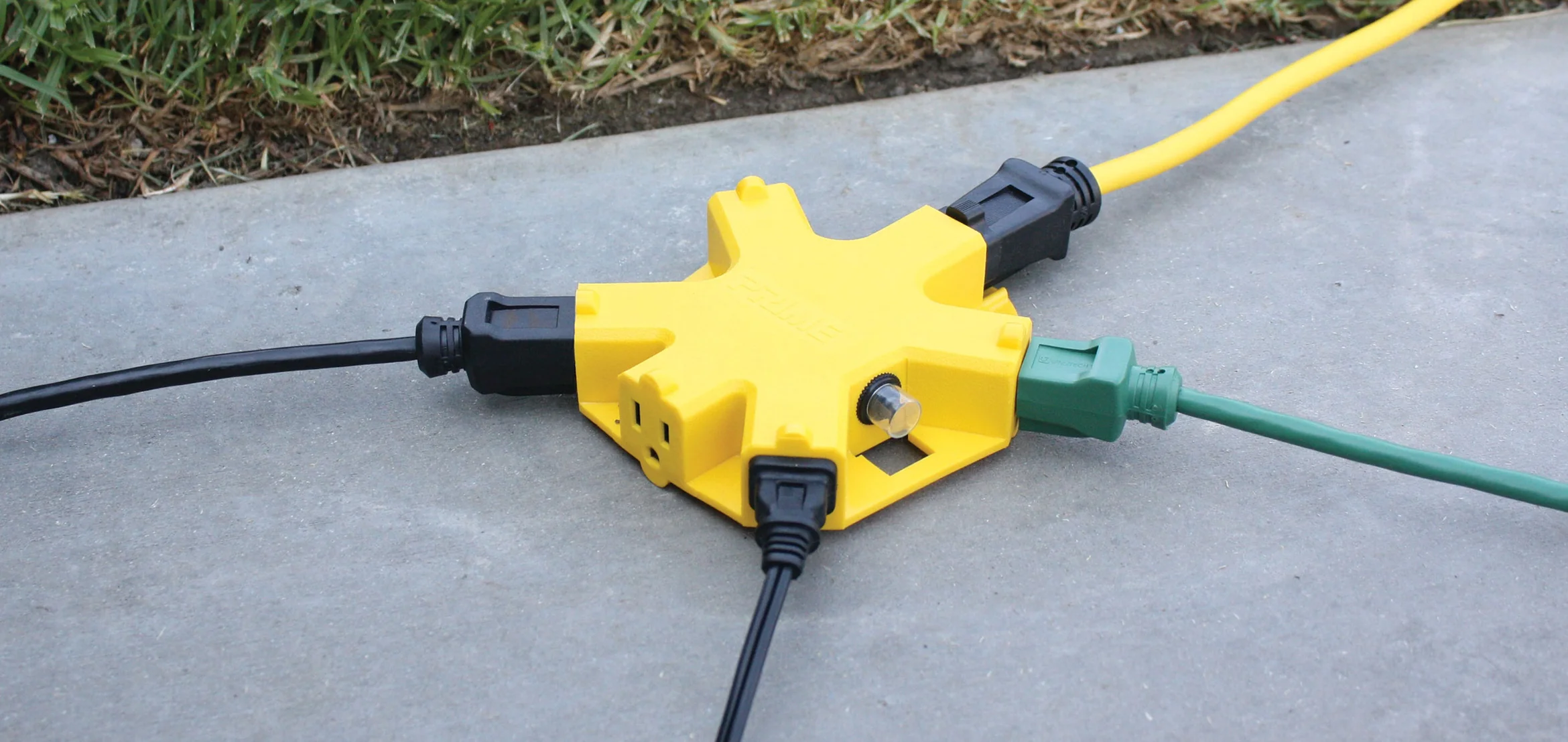

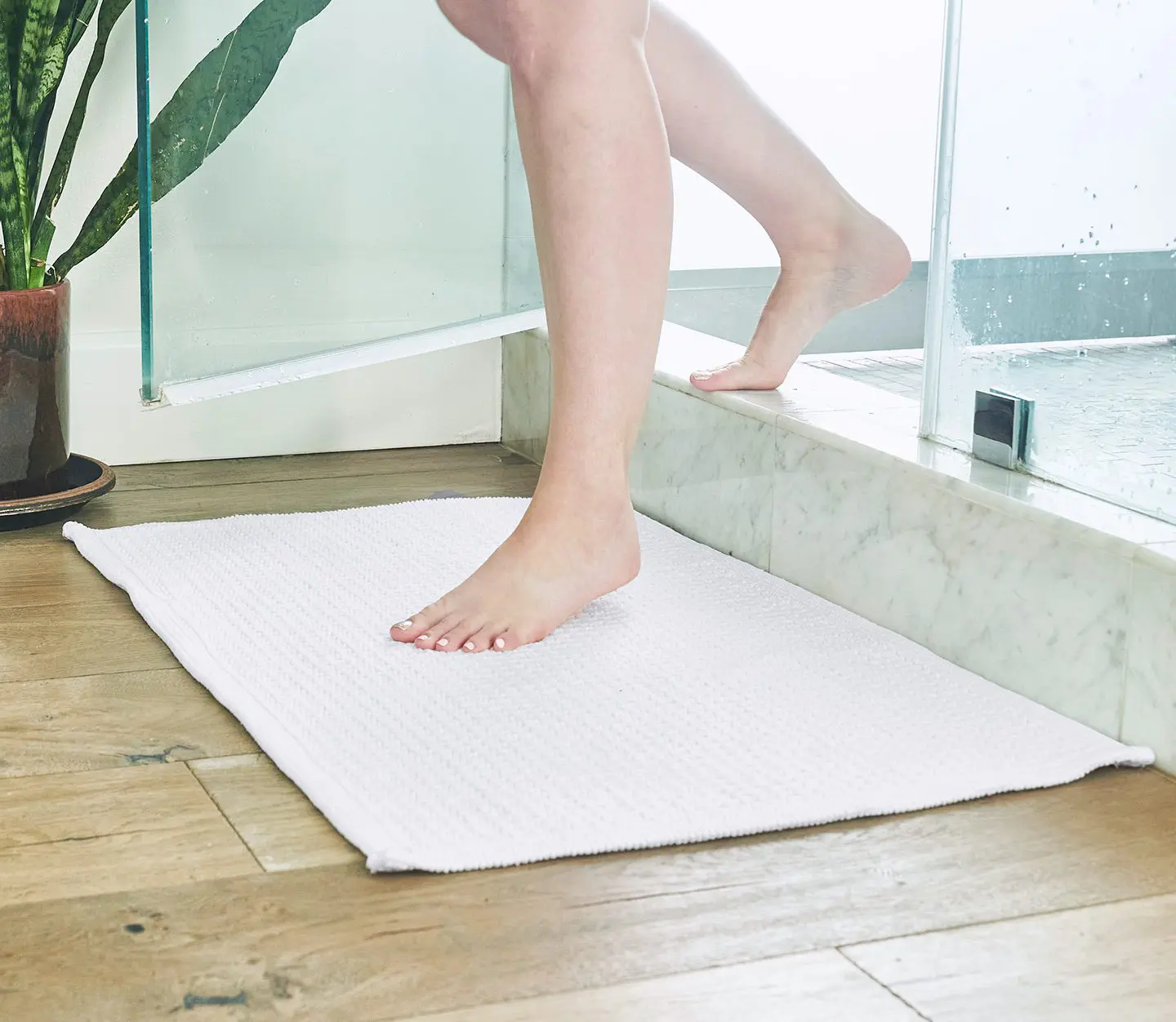
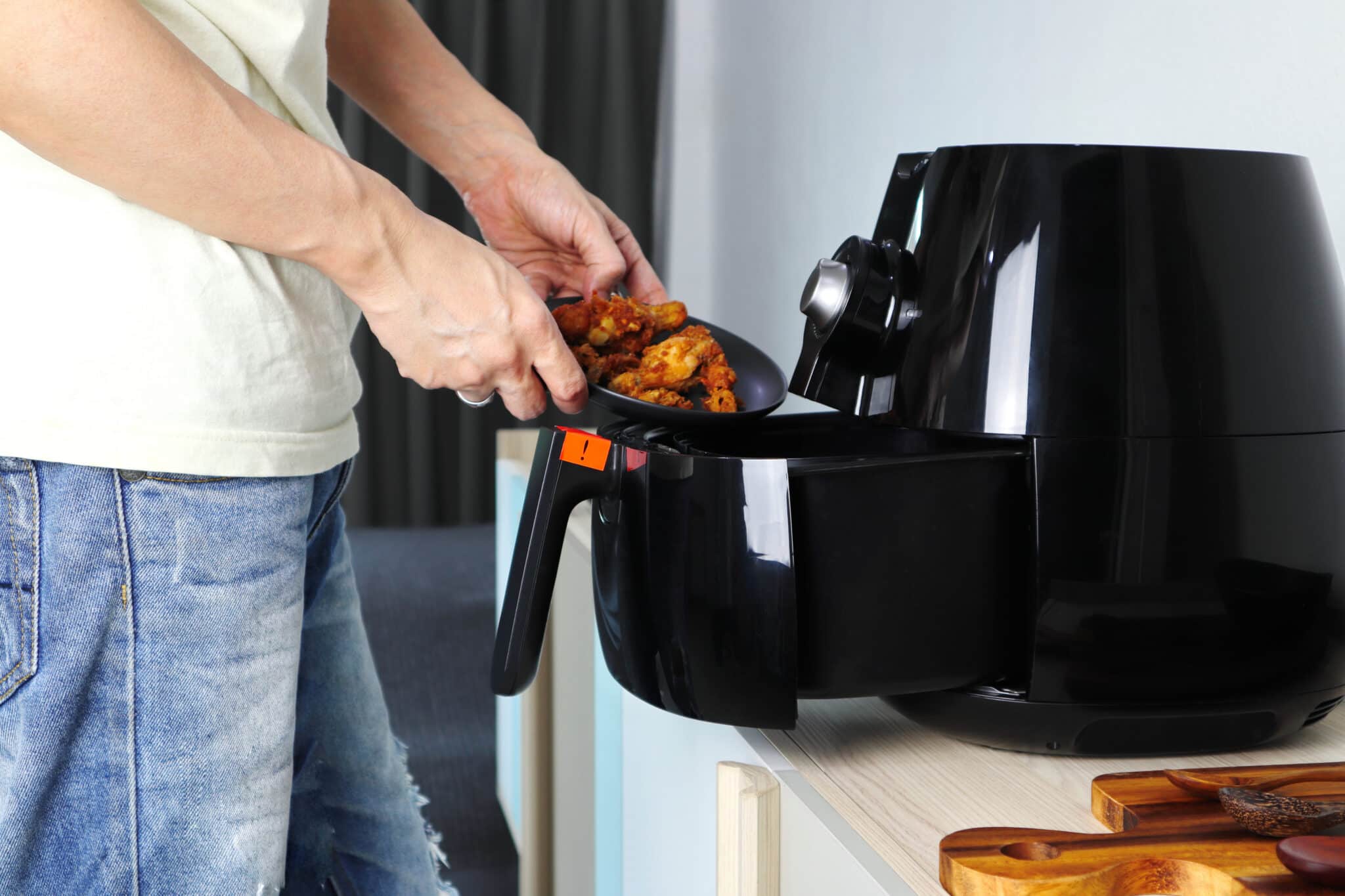
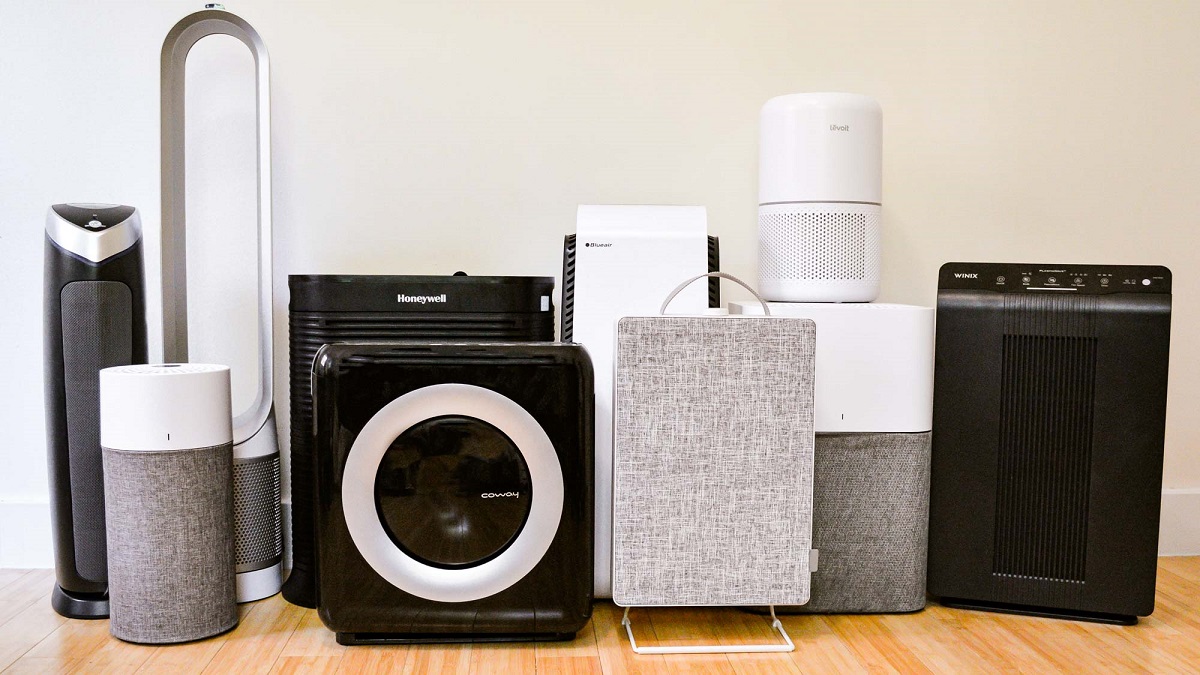
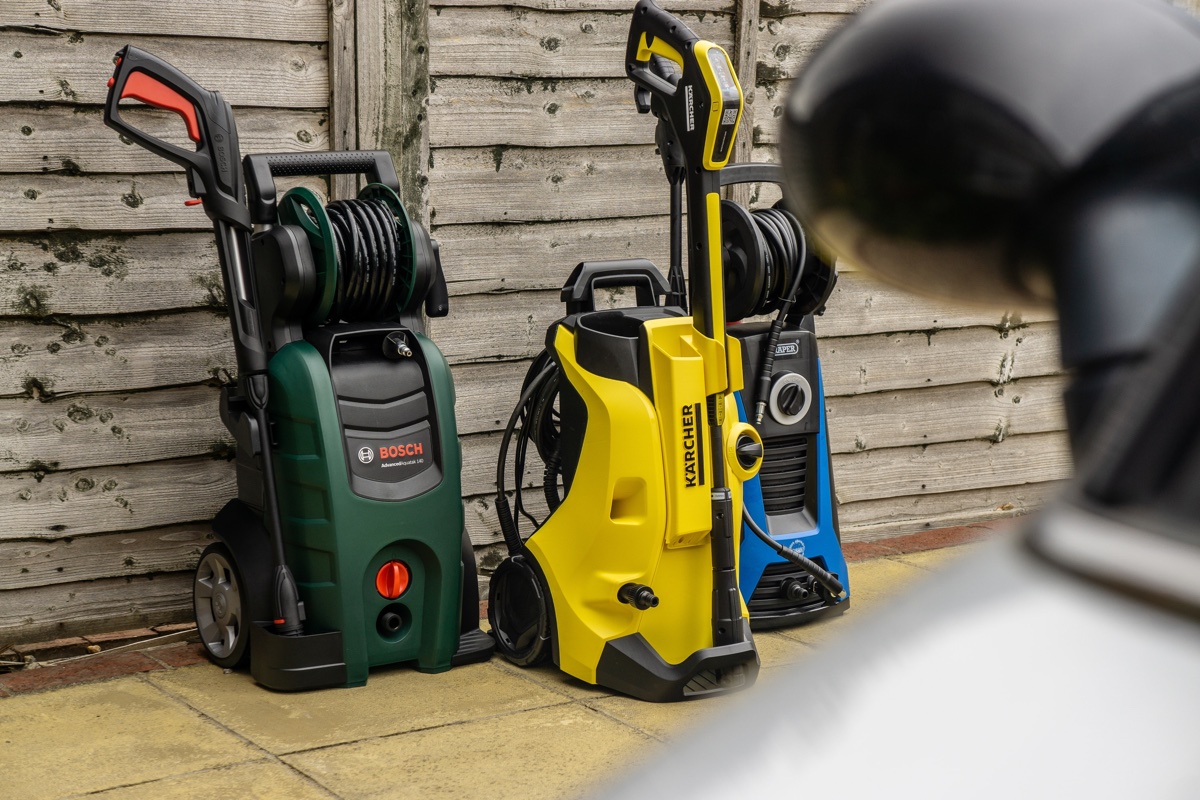

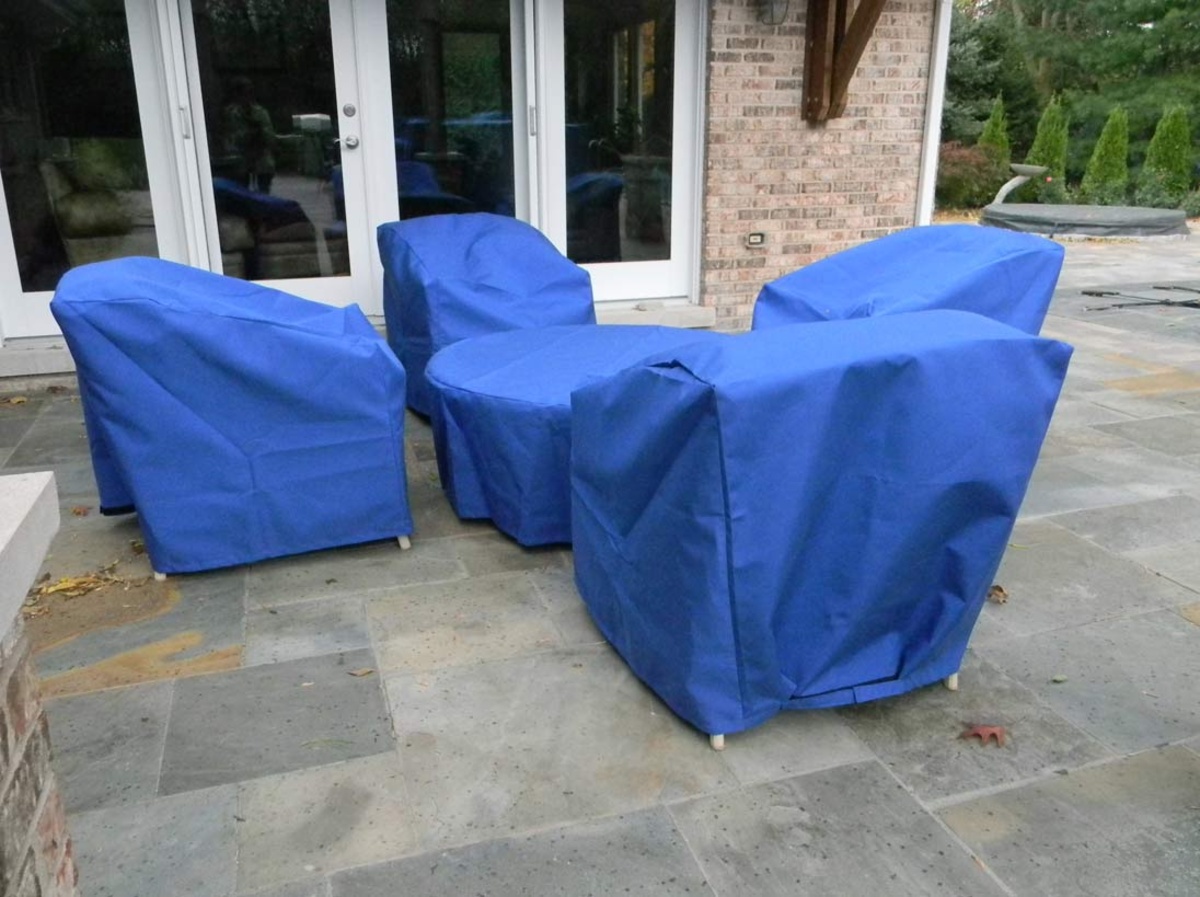

0 thoughts on “What Size Of Chimney Liner Do I Need”